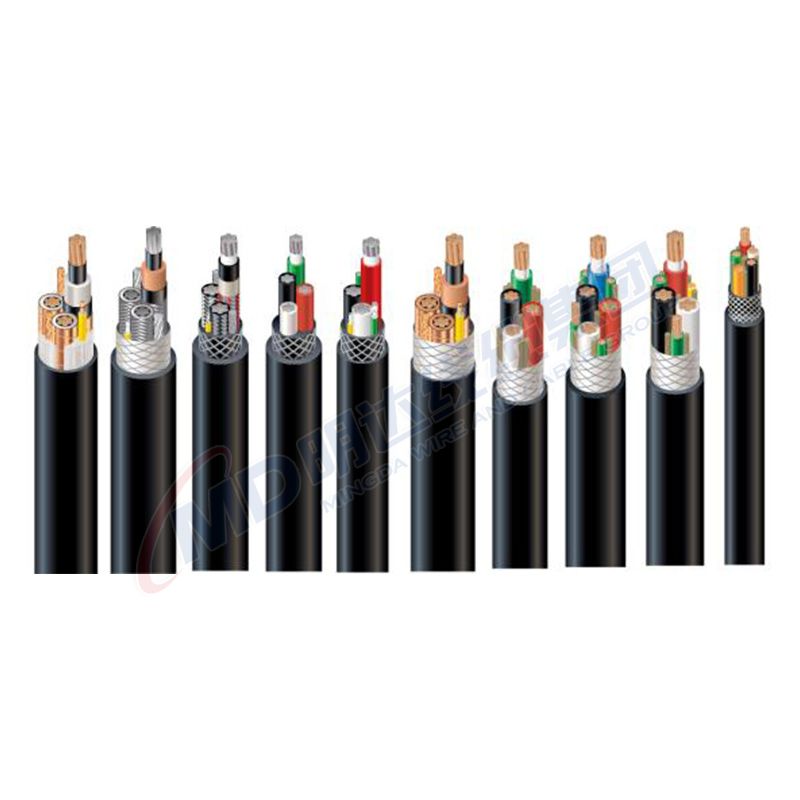9 月 . 22, 2024 05:11 Back to list
carbon steel ball check valve
Understanding Carbon Steel Ball Check Valves
Carbon steel ball check valves are essential components in various industrial applications, serving to control the flow of liquids and gases. These valves leverage the unique properties of carbon steel and incorporate a ball mechanism to prevent backflow, ensuring streamlined processes and improved system reliability.
What is a Ball Check Valve?
A ball check valve is designed to allow fluid to flow in one direction only. It uses a spherical ball that fits snugly into a seat or cavity. When the fluid flows in the designated direction, the ball lifts, allowing passage. However, if any reverse flow occurs, the ball is pushed back into the seat, creating a seal that prevents backflow. This mechanism not only protects pumps and other equipment from potential damage but also maintains the system's efficiency.
The Importance of Material Carbon Steel
Carbon steel is favored for manufacturing ball check valves due to its excellent mechanical properties. It offers high tensile strength, making it ideal for pressure applications. Additionally, carbon steel is more cost-effective than other metals like stainless steel while still providing durability and resistance to wear and tear.
The material's ability to withstand high temperatures and pressures also makes carbon steel ball check valves suitable for various settings, including oil and gas, water treatment, and chemical processing industries. However, it’s important to note that carbon steel can be prone to corrosion. Therefore, protective coatings or the application of corrosion-resistant treatments is often necessary, especially in environments where moisture or corrosive substances are present.
Applications of Carbon Steel Ball Check Valves
carbon steel ball check valve

These valves are widely utilized across different industries due to their effectiveness and reliability. In wastewater treatment facilities, they prevent the backflow of contaminants, ensuring that the resources are managed correctly. In the oil and gas sector, they protect pipelines from reverse flow that could cause significant losses or unsafe conditions.
Moreover, carbon steel ball check valves can be integrated into HVAC systems to prevent backflow and maintain the efficiency of circulation systems. They are also employed in various agricultural applications, from irrigation systems to chemical handling, where backflow prevention is critical for protecting the integrity of the water supply.
Advantages of Using Carbon Steel Ball Check Valves
One of the primary advantages of carbon steel ball check valves is their simplicity in design, which leads to lower maintenance needs compared to more complex valve types. The straightforward operation ensures a long service life with minimal failure rates. Additionally, their lightweight nature makes them easy to install and replace, offering convenience in various applications.
Furthermore, because they can handle significant differential pressures, carbon steel ball check valves are preferred in systems where high flow rates are common. Their ability to provide a tight seal enhances system safety and efficiency, making them a reliable choice for engineers and system designers.
Conclusion
In summary, carbon steel ball check valves play a vital role in numerous industrial applications. Their efficient design, combined with the durable properties of carbon steel, ensures effective prevention of backflow, safeguarding equipment and enhancing operation reliability. As industries continue to evolve, the demand for robust and cost-effective solutions like carbon steel ball check valves will only grow, securing their place in modern engineering and technology.
Share
-
Understanding the Differences Between Wafer Type Butterfly Valve and Lugged Butterfly ValveNewsOct.25,2024
-
The Efficiency of Wafer Type Butterfly Valve and Lugged Butterfly ValveNewsOct.25,2024
-
The Ultimate Guide to Industrial Swing Check Valve: Performance, Installation, and MaintenanceNewsOct.25,2024
-
Superior Performance with Industrial Swing Check Valve: The Essential Valve for Any SystemNewsOct.25,2024
-
Industrial Swing Check Valve: The Ideal Solution for Flow ControlNewsOct.25,2024
-
You Need to Know About Industrial Swing Check Valve: Functionality, Scope, and PerformanceNewsOct.25,2024